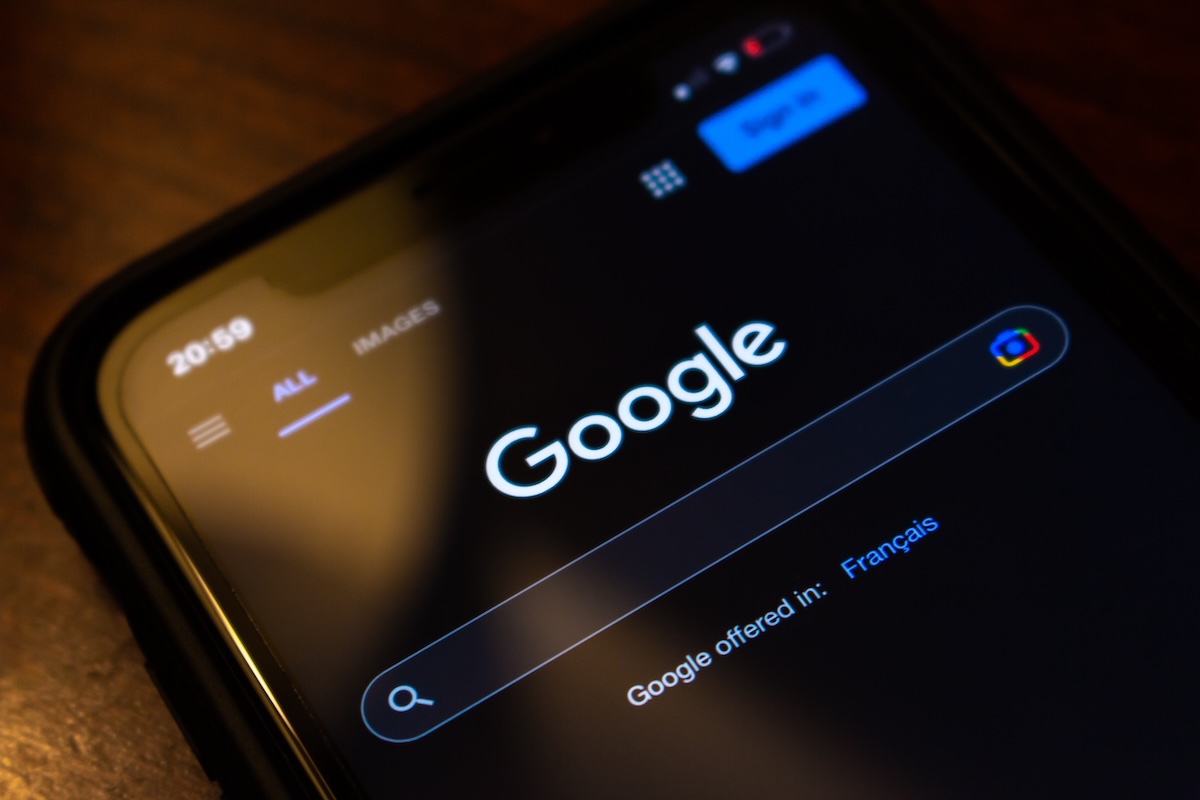
Alphabet (GOOG) has been this year’s tech wallflower, lagging the Nasdaq, underperforming the Magnificent 7, and taking heat from both antitrust regulators and investors spooked by the rise of AI search rivals.
But what if writing off Google now is just as shortsighted as betting against Microsoft a decade ago?
That’s the case analyst Shay Boloor makes in a recent note, where he argues that Google isn’t in a decline but in a transition. And transitions, he notes, are where the big upside tends to begin.
“Sure, the era of printing cash off blue-link ads is winding down. That part is real,” Boloor wrote. “But Google isn’t just a search engine. It’s the OS of the digital workday.”
From Gmail and Google Docs to Chrome, Meet, and Android, Alphabet owns the underlying software layer of daily life for billions of people, and now it’s integrating AI into every inch of it.
Alphabet controls AI distribution
Gemini, Google’s answer to ChatGPT, has already been downloaded 80 million times since its May 2024 launch and boasts an estimated 47 million active users, according to industry data.
While the model may not lead in raw horsepower, Boloor says that hardly matters. “Google doesn’t have to win the LLM race. They already control the distribution.”
Google already uses that distribution advantage to supercharge its products.
Just last week, Google rolled out new “Deep Search” capabilities for AI Pro and AI Ultra users, powered by its upgraded Gemini 2.5 Pro model.
The feature is designed to cut research time and handle everything from advanced math to complex coding tasks, company execs told TechCrunch.
But AI isn’t just a product. Ot’s also driving the biggest capital investment in Google’s history.
CEO Sundar Pichai announced plans to increase spending by more than 40% this year to $75 billion, focused almost entirely on cloud infrastructure and AI expansion.
That includes a $25 billion investment across U.S. data centers powered by PJM’s multistate electric grid, as well as a separate $3 billion project to modernize two Pennsylvania hydropower plants.
The company also inked a long-term deal with Brookfield to secure 3,000 megawatts of hydroelectric power nationwide, enough to supply power-hungry AI servers for years.
While the headlines focus on antitrust battles and search competition, the bigger story may be hiding in plain sight: Google’s infrastructure, distribution, and product reach could set it up for a Microsoft-style reinvention.
Your email address will not be published. Required fields are markedmarked